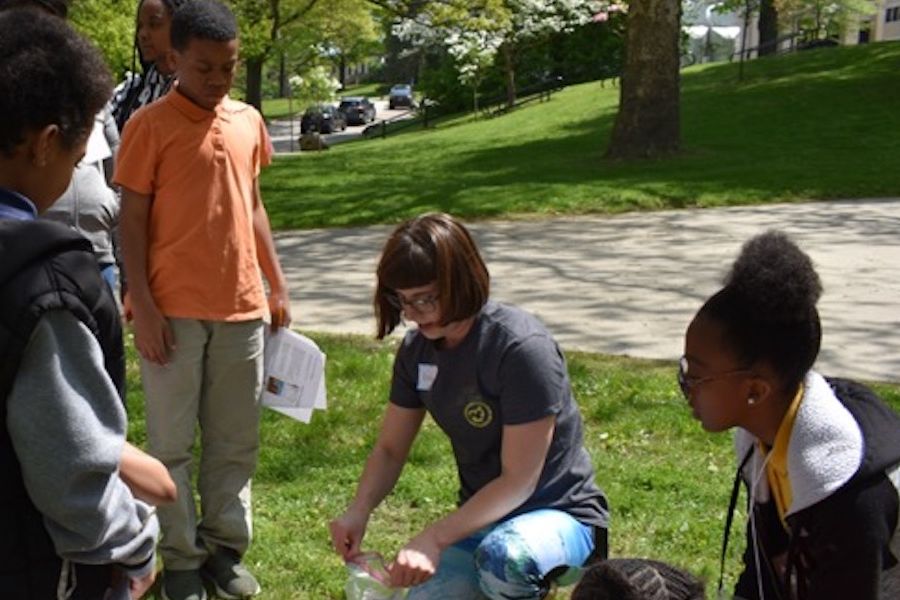College of Arts and Sciences

After years of remote sensing work, Joseph Ortiz, Ph.D., a professor in the Department of Geology in the College of Arts and Sciences at Kent State University, and his research team recently shared their development of new cost-efficient methodologies that may lead to much safer drinking water for people in Ohio and other municipalities affected by harmful algal blooms (HAB).

A Kent State University researcher with a background in safety training models — and a very personal motivation — has devised a method to help some children with food allergies stay safe, and the National Institutes of Health (NIH) just granted him the funding to test it.


Science is complex, and it’s difficult to discuss it with children under the best circumstances; it’s even more difficult when they are hungry. Two Kent State University researchers may have cooked up a way to solve both of those problems, and the National Science Foundation just awarded them a three-year, $1.3 million grant to determine if their recipe works.

The National Science Foundation has awarded a three-year, $914,000 grant to Kent State University to lead a collaborative research project to study how and at what rate the geographically most widespread native conifer in the eastern United States, the Eastern Red Cedar tree species (Juniperus virginiana), spreads across the landscape.

Bridget Mulvey, Ph.D., associate professor of science education in the College of Education, Health and Human Services; and David Singer, Ph.D., associate professor in the Department of Geology in the College of Arts and Sciences, recently merged real geology research with community service in an effort to show some Akron Public Schools students that science is not just a benefit to their community but a viable career option, too.
Bridget Mulvey, Ph.D., associate professor of science education in the College of Education, Health and Human Services; and David Singer, Ph.D., associate professor in the Department of Geology in the College of Arts and Sciences, recently merged real geology research with community service in an effort to show some Akron Public Schools students that science is not just a benefit to their community but a viable career option, too.

The National Science Foundation has awarded a three-year, $914,000 grant to Kent State University to lead a collaborative research project to study how and at what rate the geographically most widespread native conifer in the eastern United States, the Eastern Red Cedar tree species (Juniperus virginiana), spreads across the landscape.
Mary Ann Raghanti, Ph.D., anthropology professor and chair in the College of Arts and Sciences at Kent State University, is involved in a collaborative research project to examine heart disease in gorillas.